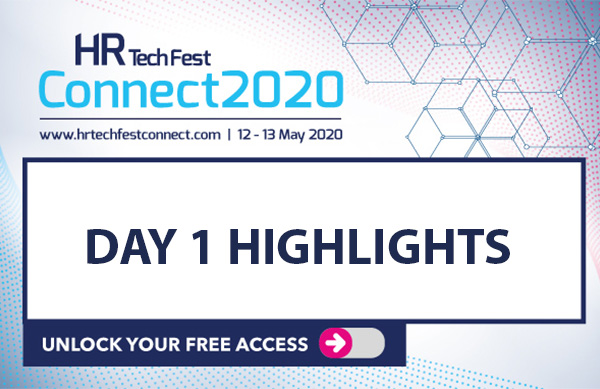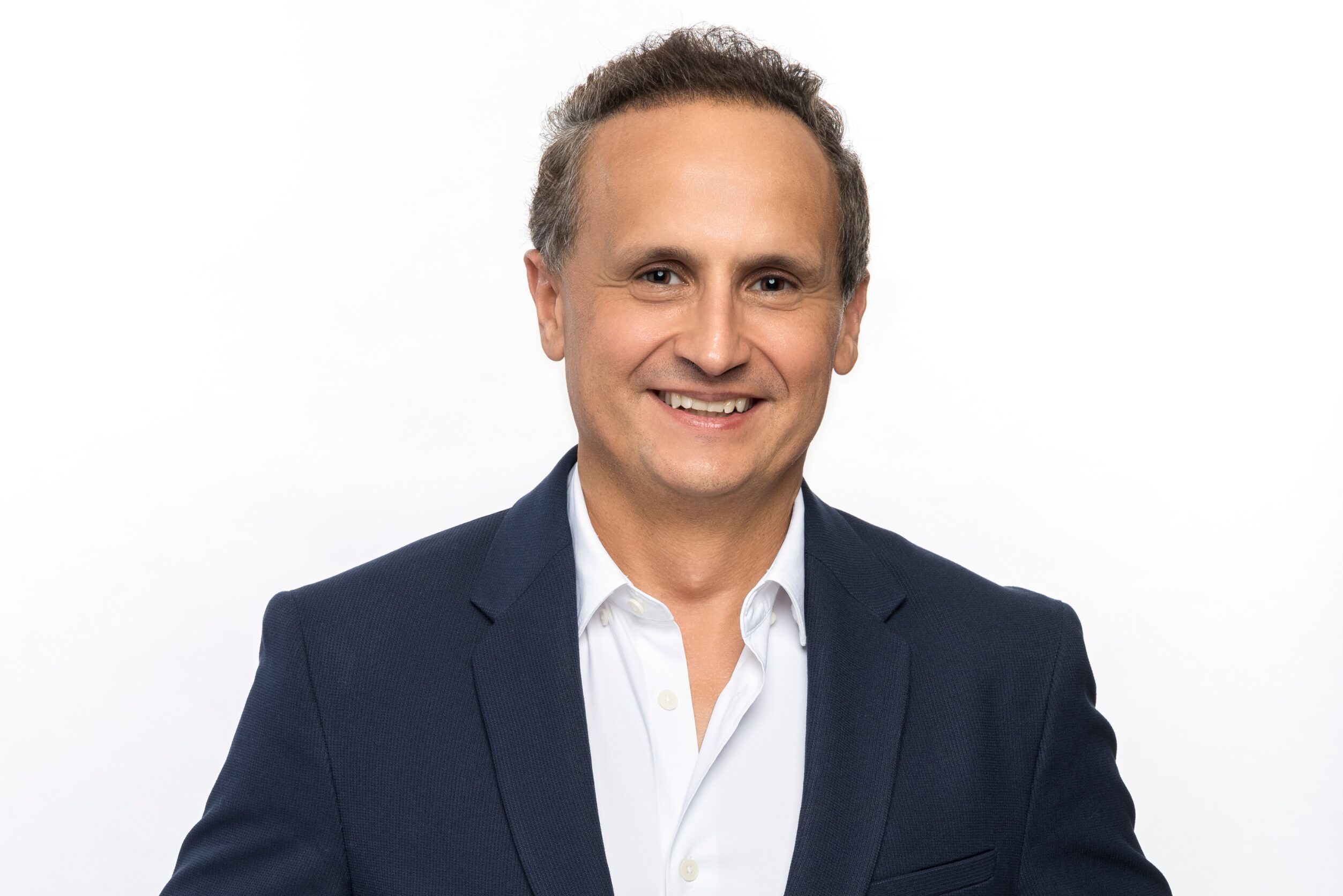10 Takeaways: Day One of HR Tech Fest Connect 2020
- Daniel Teo

The world of work has been transformed by the COVID-19 pandemic as workforces around the world adapt to remote working. And it’s no surprise that much of the discussions and conversations on Day One of the HR Tech Fest Connect 2020 revolved around it.
Headlining Day One of the 100% virtual HR conference on May 12 is none other than Josh Bersin, Global Industry Analyst, Dean of Josh Bersin Academy.
READ: 10 Takeaways: Day Two of HR Tech Fest Connect 2020
The big reset in HR tech
The question that is on every HR professional’s mind is – what’s happening to the industry and its market? First, Bersin laid out the biggest challenges that HR are facing:
- Difficulty coordinating response across teams, business units and geographies
- Two-way communication not as effective as it could be
- Not adjusting fast enough to help our customers
- Lack of agility to respond to rapidly changing situation
He shared that the biggest change in HR is turning from a Responsive (efficient) model to a Resilient (adaptive) function as it keeps pace with the rapidly changing world of work. As for the HR tech market, he believes it is turning into what he calls Work Tech, which incorporates social functions such as well-being, lifestyle and communication with the traditional functions such as payroll, recruitment and benefits.
“We are entering into a space called Work Tech, where a lot of the technologies that were built for business functions that HR managers need are adding features that were ‘nice to have’ such as photo sharing, chats and events.”
Bersin also expects the employee engagement, corporate learning, talent, and well-being market to evolve and grow exponentially this year given that there’s a greater need to engage and upskill employees who are working remotely.
Building a strength-based organisation
Rahul Goyal, Managing Director and General Manager, India, South East-Asia, Automatic Data Processing (ADP), showcased ADP’s own transformation journey from a traditional performance management organisation to a strength-based organisation.
He shared three principles that are key in ADP’s journey:
- Believe all associates have unique strengths and capacity to grow
- Empower leaders to accelerate associate performance and drive business results
- Use reliable, real-time data to measure what and how results are achieved to differentiate rewards
The global payroll leader’s strength-based approach also leverages on a combination of coaching and technology to help team leaders build engaged and high performing teams based on three components – Know Me, Focus Me and Engage Me.
“The team leader who knows the employees’ strengths and skills is able to allocate tasks that they are most suited for. And when you combine strengths with the delivery of tasks, the performance increases and as a result we get a high level of engagement,” he said.
Business agility, employee wellbeing, and the evolution of leadership
Steve Boese, President and Co-Founder of H3 HR Advisors, shared that these economic challenges are requiring organisations and HR Leaders, in particular, to be much more agile than ever before:
- Rapid shifts in demand for all kinds of goods and services
- Supply challenges
- People challenges – some companies experience massive layoffs but there is also an increase in hiring for companies like Amazon, Wallmart, Instacart.
In the area of well-being after the COVID-19 crisis, Boese urged HR Leaders to start from scratch and rebuild their well-being strategy. They have to start from the safety of the employees, and make their employees feel safe to come back to work.
“The way we lead now is the most important, because every decision a company takes right now in this time, is something that will be remembered forever,” he said.
Looking into the next wave of HR transformation
Gaurava Sahi, Expert Associate Partner, McKinsey & Company, urged the HR industry to start thinking differently. And that means moving away from “organisation based on industrial age thinking” to “connected era”. It can be broken down into three areas:
- Who we are (shift core identity)
- How we work (speed up productivity)
- How we grow (scale impact)
“HR needs to evolve as well and become “Agile HR”. Agile HR is the way forward and this means impacting workforce productivity by taking a cross-functional and interactive approach to managing talent processes and service delivery. Being agile means different ways of running businesses with a focus on getting things done,” he said.
The world at home, working in the midst of a pandemic
Shoon Yin Lim, Global Diversity and Inclusion, Asia Pacific Leader, Microsoft, gave an insight into the culture journey at Microsoft which encompasses diversity and inclusion, flexible working, accessibility and digital transformation, which has been accelerated especially during the COVID-19 crisis.
“We used to talk about talent shortage, but today the narrative is around skills needed and matching skills within the workforce. We think of it as skills economy. Post COVID-19 will see a need to map the global skills needed for new jobs, upskill and reskill the workforce to enable an efficient marketplace,” she said.
She also added that setting the right culture with a growth mindset, inclusiveness and the help of technology to assist with performance improvement has been the key drivers for Microsoft in their journey.
HR leadership in the eye of the storm
Johannes Eckold, Director, HCM Strategy & Business Development ASEAN, Oracle, discussed how leaders can step up and make a difference in these challenging times. He outlined six ways that leaders can do so:
- Care – Be empathetic and helpful, address signs of distress and uncertainty
- Communication – It is a time to over-communicate
- Goals – Maintain focus on productivity and performance
- Values – Use the company’s core principles as an anchor
- Technology – Leverage digital tools to enable and manage your workforce
- Preparation – Return to new normal in a phased approach
“I see this as a time for HR department to shine and make a huge difference. Like doctors and nurses who are the front-line workers in the hospitals, HR is at the front line of their organisations and we need to take care of our employees,” he said.
“Clearly in a time of crisis, employees are looking to leadership. They are looking to their leaders and departments like HR for them to guide them through this crisis.”
Achieving a culture of digital dexterity
Working for an organisation that is leader in digital culture like IBM, Pallavi Srivastava, Asia Pacific & Greater China Talent Leader, Global Technology Services, emphasised on the growing trends of digital, technology and especially innovation. These trends have undoubtedly impacted their talent management and strategy.
She called out to organization to relook at Leadership Capability in the digital era and HR’s strategic role in this evolution. She delved specifically into each value-driven enablers which has helped IBM on their journey to drive digital dexterity and receive buy-in from management at different levels.
Leadership for Learning
Mark O’Donnell, Senior Vice President, Operational Excellence, Rizing, started off by the sharing the birth of Rizing as the result of a strong partnership between Skillsoft and SAP, with the goal of developing a pipeline of leaders to suit rapid growth profile through leadership programmes and products that enhance their learning experience.
He also showcased Rizing’s powerful tools such as Pulse which can measure motivation level among employees through key aspects such as Interest, Commitment, Accountability, Visibility and Transparency.
On top of a very comprehensive learning resource they have been building, they are also developing many advanced learning and performance-driven application such as ELSA and dashboard-based LYRA – which are able to integrate with existing systems, and significantly add value and results to the leadership programme that they have in place for all learners.
Building a Best Workplace to Drive Business Performance and Impact
Lauren McKeon, Senior Manager, Employee Success, Salesforce, gave an insight into how Salesforce uses data to build a workplace that focuses on every stage of their employees’ journey from Attraction, Onboarding, Service, Engagement, Loyalty to Advocacy
“The company uses data to proactively serve the right information and resources to our employees at the right time, allowing them to optimize their performance and experience,” she said.
“While every company thinks about how to engage customers at every stage of the journey, we believe we need to do the exact same thing with our employees.
“And we are marrying culture, technology and data across every stage of our employees’ journey so that we are attracting, engaging and retaining the top talent. And if we get it right, we can win their loyalty and their advocacy,” she added.
Virtual teamwork: tried and tested ways to set-up for success across the organisation
Jean Leslie, Director of Operations and Knowledge Transfer & Senior Fellow, Center for Creative Leadership, identified three key factors that influence a team’s effectiveness, each related to the team’s ability to get the most from leveraging polarities:
- Technology and a strong real-time team connection: Teams able to successfully leverage technology for effective communication and engagement feel less virtual. The more often team members meet face-to-face and leverage synchronous technology (e.g., videoconferencing), the lower their level of virtuality, and the higher their level of success.
- Time zones and the physical distance of team members: Teams spread across multiple time zones face the risk of working long hours to accommodate one another’s schedules. The greater the physical distance between members of a team, the lower the overall commitment of team members and the more challenging it is for the team.
- Team structure, in terms of who is on the team and how committed they are: The more teams an individual is a member of, the less time and effort they’re able to give, and the less effective the team is overall.
Learned anything during the sessions? Share them on your social media pages using the hashtag #hrtechfestconnect.






